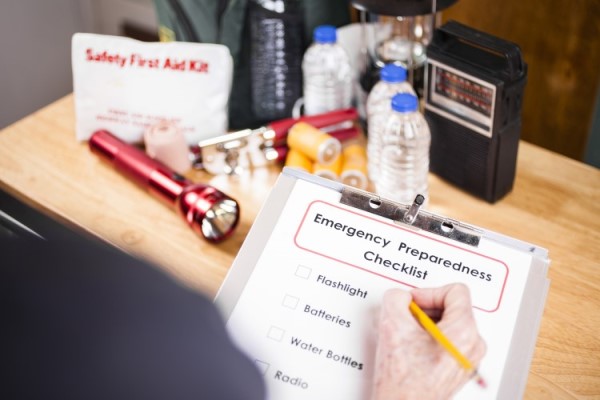Natural Disasters and Head Start Facilities
Learn how to establish resilient facilities and implement emergency response systems that ensure programs are ready to assess, prepare, respond to, and recover from natural disasters.
 Being prepared before an emergency — such as a natural disaster, health pandemic, or violence — makes it easier for everyone to cope and recover during and after that emergency. These resources help early childhood programs learn more about emergency preparedness.
Being prepared before an emergency — such as a natural disaster, health pandemic, or violence — makes it easier for everyone to cope and recover during and after that emergency. These resources help early childhood programs learn more about emergency preparedness.
Check out emergency response and recovery and mental health and emergencies to explore related resources about responding to and recovering from disasters or emergencies.
Learn how to establish resilient facilities and implement emergency response systems that ensure programs are ready to assess, prepare, respond to, and recover from natural disasters.
Learn how a comprehensive risk assessment can help you prepare your facility to protect children and staff during a natural disaster.
Learn about the important role communication plays in a multi-tiered emergency response system.
Use these five key steps as you implement your disaster management plan.
Implement these four steps as your program responds to a natural disaster.
Learn how to establish resilient facilities that prioritize the safety of children and staff and ensure the prompt resumption of Head Start program services.
Consider these strategies as you prepare for vehicle evacuation drills.